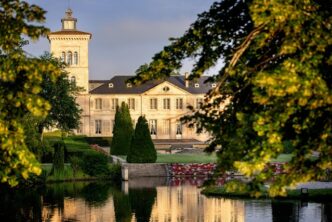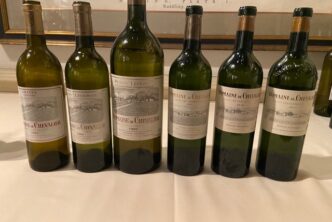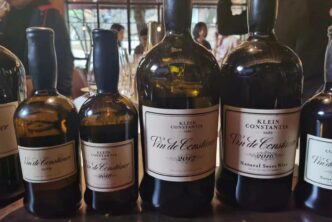从我头一次来中国品尝葡萄酒起,已有十多年,常给我留下特别深刻印象的始终是马瑟兰酿的酒。另外,我也坚持我一贯的观点:马瑟兰,蛇龙珠和小芒森,才是目前能代表中国葡萄酒特色的品种。
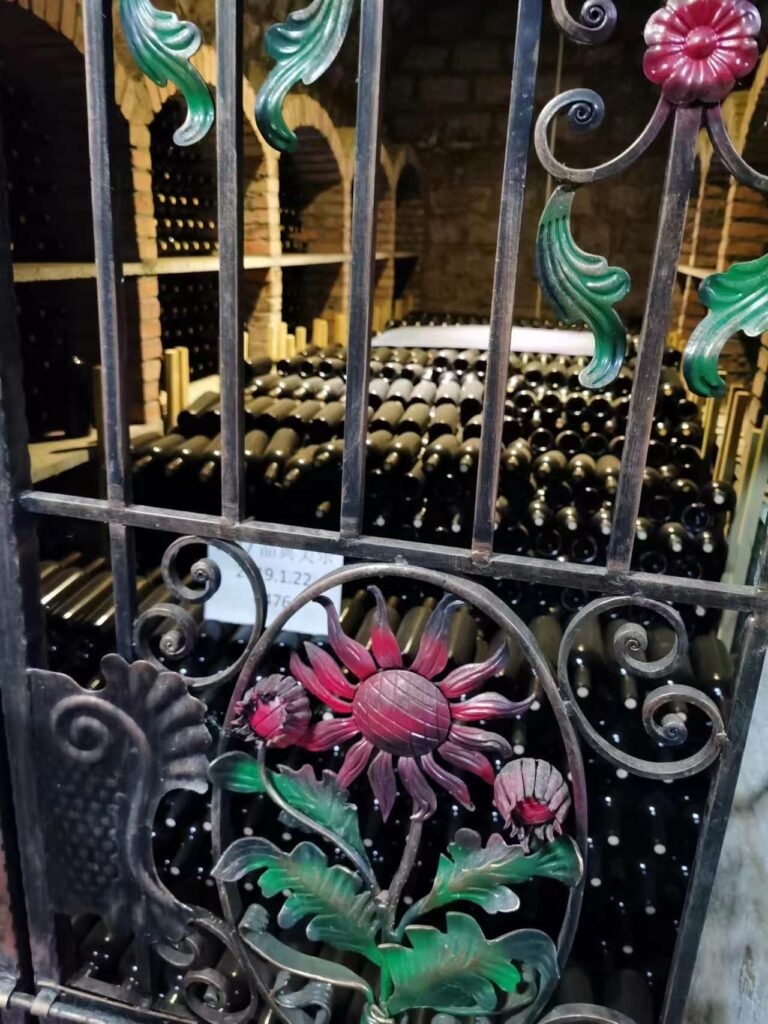
随着马瑟兰新酒每一年不断涌现,它已经成为当今国内葡萄酒品种中重要的一极。虽然那些种了很多赤霞珠、霞多丽和美乐的人,和那些不管在哪个新兴产区都推动这些旧世界老熟人品种的专家,还不以为然。
言归正传,让我们回到今天的主角:紫晶庄园——中国高品质马瑟兰代表酒庄之一。
走进紫晶
紫晶庄园成立于2008年,位于河北省怀来产区,毗邻北京。酒庄距长城八达岭一侧仅18公里,从北京驱车前往酒庄时,路上可以看到长城的壮观景色,世界上真正的工程奇迹之一。
紫晶庄园共拥有45公顷的葡萄园,其中马瑟兰种了15公顷,是酒庄种植嘬多的葡萄品种。酒庄种植的其他品种包括:赤霞珠、品丽珠、琼瑶浆、美乐、小维多、小芒森、霞多丽,甚至还有匈牙利品种。
不过令人惊讶的是,起初种植的雷司令因为当地的天气,葡萄会因病害压力而爆裂,所以没能成功。这很奇怪,因为大部分品种在这里生长都没问题。附近官厅水库的存在有助于缓和温度波动,并限制从北方更寒冷地区可能传入的极端不利气候。
2008第一批种下的是赤霞珠、品丽珠、马瑟兰和霞多丽这四个品种;琼瑶浆种植于 2009年,小维多在2011年;雷司令2013年被拔起,在原位取而代之的是马瑟兰,并在2018年又增加了一些。
值得注意的是,至少到今年为止,紫晶庄园在几乎所有决定要面对的葡萄品种上都表现出色。
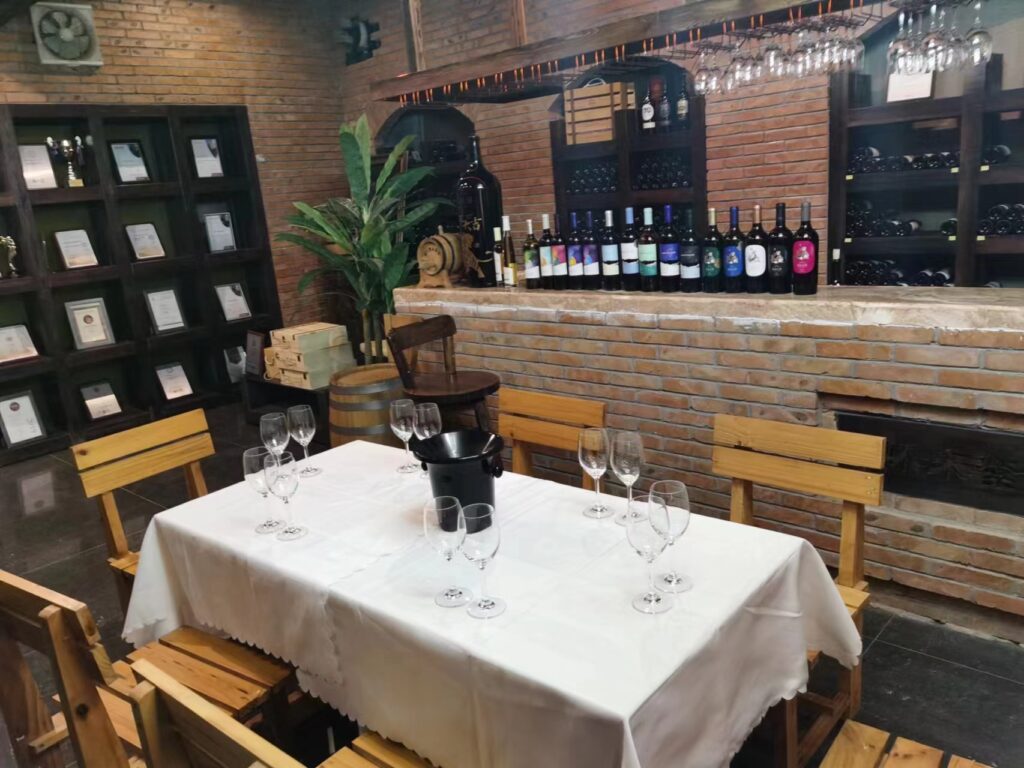
马瑟兰的首发年份是2012年。和所有红葡萄酒一样,酒庄认为它们在上市销售前应窖藏适当的时间,因此在酒窖中储存了大量新近不同年份的红葡萄酒(不仅仅是马瑟兰)。目前酒庄在售的马瑟兰还是 2014 年份,15、16、17、18 和 19 年份均已酿造,但还在酒窖中。
一个小插曲,原紫晶的酿酒师近期离开了酒庄,去了另一家工作。不过,鉴于酒庄庄主马树森对其所热爱事业的巨大热情和承诺,我丝毫不担心酒庄会继续如今的成功。
在过去的四年里,我曾多次在酒庄或上海的其他场合上与马先生会面,他对葡萄酒的执着和投入给我留下了深刻的印象。在中国,印象里没有任何一家酒庄能在酿造多达七个不同葡萄品种的情况下,每一个品种的酒(包括混酿)都取得如此巨大的成功。这要归功于马先生。
马瑟兰,品种和酒
马瑟兰对于中国葡萄酒行业的意义,就如同马尔贝克之于阿根廷、皮诺塔吉之于南非、佳美娜之于智利。简而言之,这个品种在中国找到了家,且世界上顶流的马瑟兰葡萄酒无疑也在中国。
马瑟兰是法国的一个酿酒葡萄品种,由当时在蒙彼利埃法国国家农业研究所(INRA)工作的科学家,保罗·特鲁埃尔(Paul Truel)于 1961 年在实验室中由赤霞珠和黑歌海娜杂交而得到。
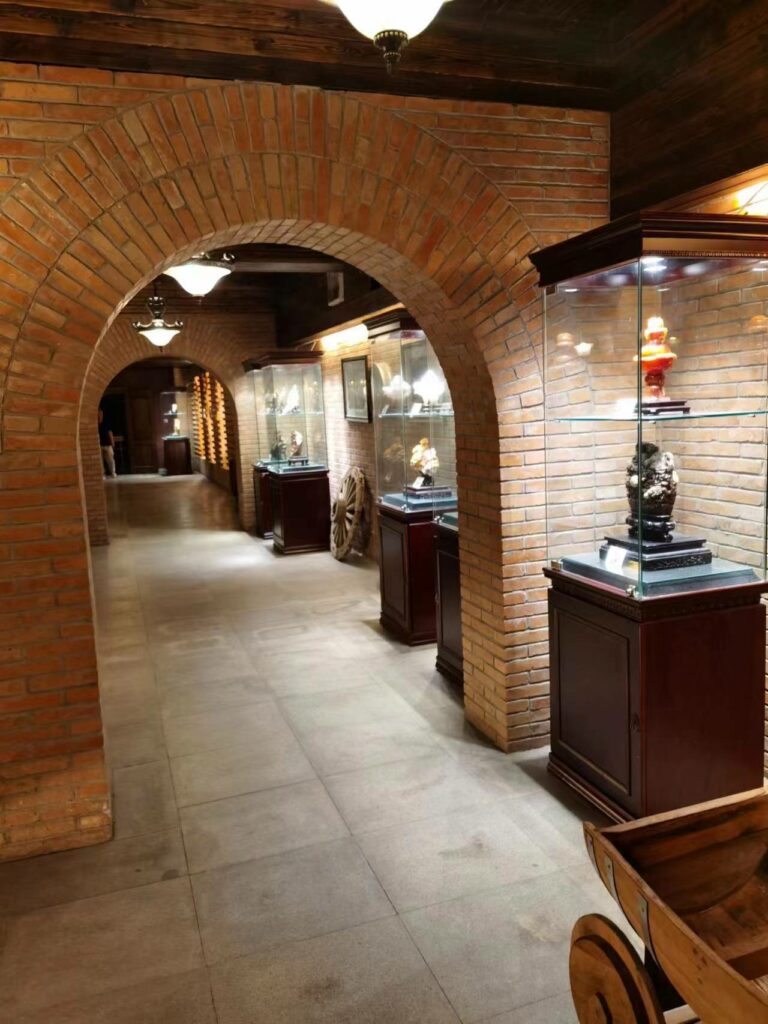
在保罗辉煌的职业生涯中,他成功地创造了18个新的葡萄杂交品种,包括Caladoc(黑歌海娜 x 马尔贝克)、Chasan等。不过毫无疑问,几十年来备受赞誉,如今从法国南部到南美都在种植的品种是:马瑟兰。
在创造新的杂交品种时,目标始终是在新的葡萄品种中融合其双亲的优点,而争取去掉它们的缺陷。
马瑟兰在果农眼中,缺点是果实略小,因此酿酒量少,但在品质酒庄看来这完全是优点。此外马瑟兰的其他优点还有:对蚜虫、螨虫、灰霉病和落果有很强的抵抗力;在炎热干旱的条件下也能茁壮成长,虽然在气候变化的时代,这算不上主要卖点。
马瑟兰的葡萄酒呈明亮浓郁的深红色,散发浓郁复杂的红色和蓝色水果、烟草、黑胡椒香气,单宁非常柔顺。而且,它比许多人想象的更耐陈年。
马瑟兰的名字来自Marseillan-Plage——法国一个海滨小镇,INRA的酒庄实验葡萄园(Unité Expérimentale du Domaine de Vassal)就位于该镇,而他正是馆长。
马瑟兰的诞生地——Marseillan
马瑟兰起初被认为可以是在法国南部炎热干旱气候条件下有理想表现的品种,但实际情况却并非如此。由于该品种的浆果较小,因此可以酿造的葡萄酒产量也较少,法国酒农对其并不感冒,多年来在法国和世界其他产区数量并不多。
如今,乌拉圭、智利和法国南部都酿造出了一些非常好的马瑟兰葡萄酒,但用马瑟兰酿造的好酒在数量上遥遥领先的还是中国。
中国的马瑟兰葡萄酒们不仅让人眼前一亮,而且还表现出明显的风土差异。根据葡萄种植地的不同,这些酒的风格也多种多样。例如,山东的马瑟兰清新凉爽;而宁夏的马瑟兰则口感丰富、肉质感饱满、酒精含量也较高;怀来的酒则介于这两者之间,对比山东肉质感更丰富、酒体更大,但比宁夏酒精度更低、酒体要小、甜度更高。
也许更重要的是,中国少有无趣的马瑟兰葡萄酒,而紫晶庄园就是其中的佼佼者。
有关马瑟兰葡萄和葡萄酒的更多信息,请参阅:《中国终于有了世界级的葡萄品种,赏源深度报告》
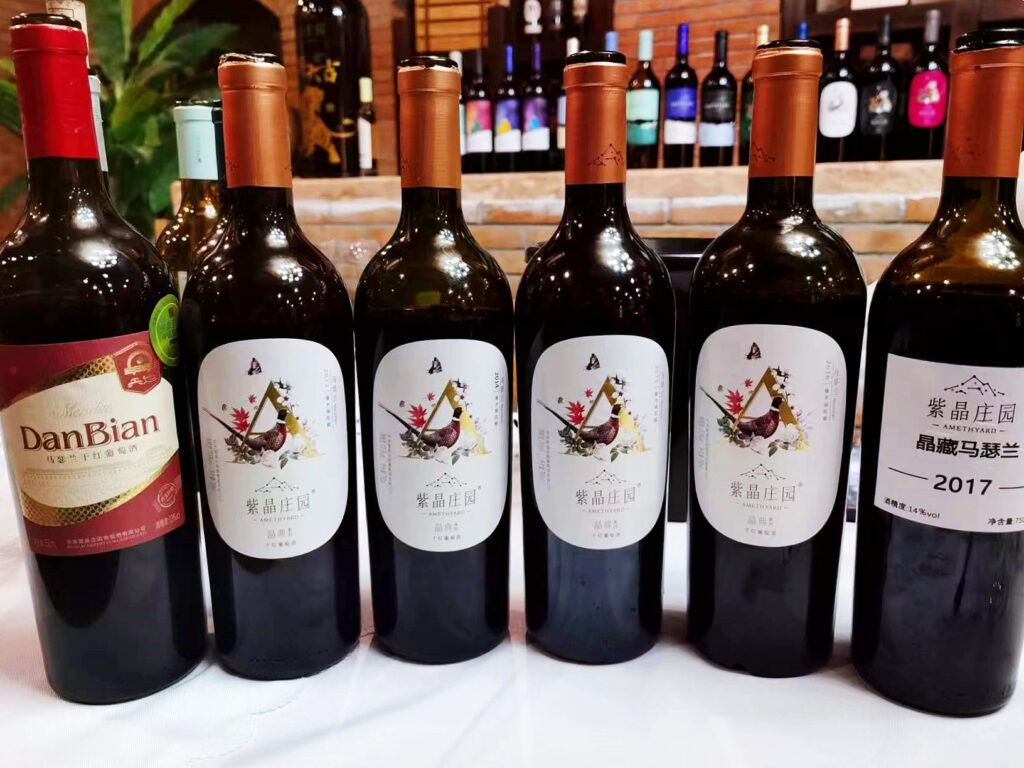
垂直品鉴
紫晶庄园2019马瑟兰 94
一品好酒。中等饱满的红色。散发着甜美、成熟的红色水果和咖啡香气,并伴有辛辣的香草和紫罗兰味道。以紫晶的马瑟兰来说,这年份橡木味较为浓郁,但在橡木的外表下却也潜藏着大量新鲜草莓、覆盆子酱和黑樱桃味道。我毫不怀疑果香会在漫长的岁月中将柔顺的单宁克制住。余味悠长,圆润,层次丰富,且验证了糖-酸-单宁-果味绝妙平衡的初印象。这款酒的酿造非常出色,世界级水平,展现了河北怀来相对凉爽的气候风格。马瑟兰比例为91%,小维多、品丽珠和小西拉各占3%(国内单品种酒标要求是此品种比例>75%)。在50%的法国橡木桶、25%的匈牙利橡木桶和25%的美国橡木桶中陈酿 13 个月。适饮期:2026-2030 。
紫晶庄园2018马瑟兰 93
深紫红色。淡淡的挥发酸增添了清新感,提升了成熟、富含甘油的蓝色水果、椰子和蜜饯紫罗兰香气和风味,在悠长、富有嚼劲且平衡的余味中进一步增强了马瑟兰的辛辣个性。这是一款让人喜爱的马瑟兰葡萄酒,在酒杯中经过醒酒后会得到真正的改善,并带来隐秘的浓度和深度。这款酒还可以陈年,在法国橡木桶(27% 新桶)中陈酿了约 13 个月。其中88%的马瑟兰,8%为赤霞珠,4%为品丽珠。与2019年份相比,这款酒的不同之处不仅品种混酿,橡木使用也有不同:50%的美国橡木桶、25%的匈牙利橡木桶和25%的法国橡木桶,陈酿13个月。适饮期:2025-2034。
紫晶庄园2017马瑟兰 93
酒体饱满,呈深红宝石色。扑鼻而来的是燧石、黑色和蓝色水果、紫罗兰以及黑胡椒和椰子的气息。入口后则是经典、严谨且坚硬,带有矿物味的黑李子和蓝莓风味。单宁柔顺但引人驻足,为绵长、甜辣、近似西拉的余味提供了后劲,但又不失上等波尔多圣朱利安葡萄酒的优雅。50%的美国橡木桶、25%的匈牙利橡木桶和25%的法国橡木桶中陈酿13个月。奇怪的是,这款酒给我的感觉比18 年要深沉得多,不仅在颜色上,在果香上也是如此,尽管18年比17 年还更多一点赤霞珠。这款酒90%马瑟兰,5%赤霞珠,5%品丽珠混酿。适饮期:2024-2032。
紫晶庄园2016马瑟兰 92
酒体呈饱满的宝石红带紫色。初闻时,香气略显低沉,但随着酒醒,草莓、柠檬皮、孜然、林地和黑胡椒的香气逐渐弥漫开来,并在明亮的紫罗兰前调中得到提升。这款葡萄酒充满活力,口感多汁,口中风味与香气相似。与17年相比,这款酒口感更加复杂,更加细腻,但也更多了些草本气息。绿色的气息在悠长回味中升起,但它足够细微,增加了趣味性,而不是变成缺点。口感紧凑,果香更少,也与2016年较凉爽的生长季节相吻合。在小橡木桶中陈酿十三个月,其中50%在美国橡木桶中陈酿,50%在匈牙利橡木桶中陈酿,大约一半在新橡木桶中陈酿。100%的马瑟兰,一款非常出色的酒,与更凉爽的2015年份一样,口感多汁、爽口,与宁夏肉质成熟的葡萄酒截然不同。适饮期:2023-2030。
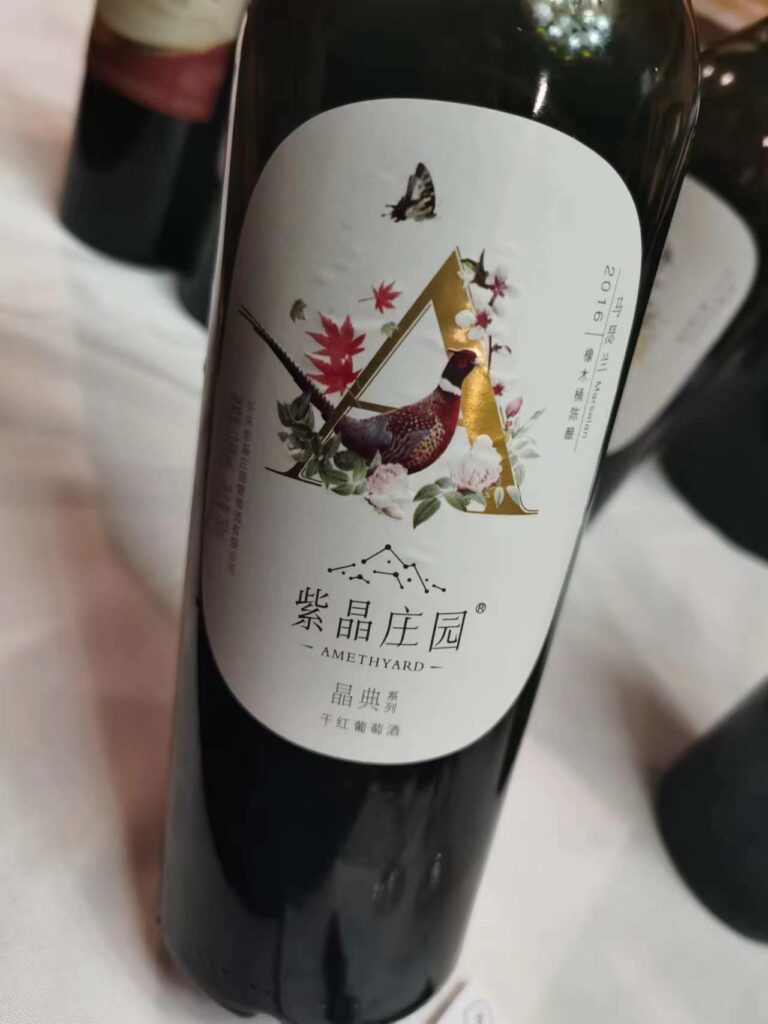
紫晶庄园2015马瑟兰 89
明亮的浅紫红色。草莓、肉桂、孜然和红火龙果的香气和风味略显简单,但清新平易。在橡木桶中陈酿 13 个月,其中一半美国橡木桶,一半匈牙利橡木桶;大约50% 新橡木桶。这款 100% 马瑟兰是在更凉爽的年份酿造的,其略显清淡、硬朗的清淡水果风味很好地展示了这一点。这款酒酿造精良,口感纯净,但有些过于简单,与本文其他酒截然不同,尤其是在香气方面,不如其他酒款那么深邃有趣。适饮期:2023-2029。
紫晶庄园2014马瑟兰 94
明亮饱满的宝石红色,边缘呈石榴红。散发出成熟红樱桃、肉桂、紫罗兰、四川胡椒和酱油的迷人香气。入口甜美圆润,果实成熟度很高,具有蜜饯紫罗兰的品质。酒体丰满,回味悠长,甜美的红色水果风味(草莓、覆盆子、浸渍在糖浆中的红樱桃)和淡淡的酒精味很好地缓冲了略带嚼劲的单宁。与 15 和16 年的酒相比,这款酒显然要成熟得多,葡萄在藤上出现一些风干现象。但酒体非常轻盈,目前的饮用口感很好,但我不会再继续存放下去了。在橡木桶中陈酿 13 个月,其中一半美国桶,一半匈牙利桶,约 50%新桶。100%马瑟兰酿造。适饮期:2023-2030。
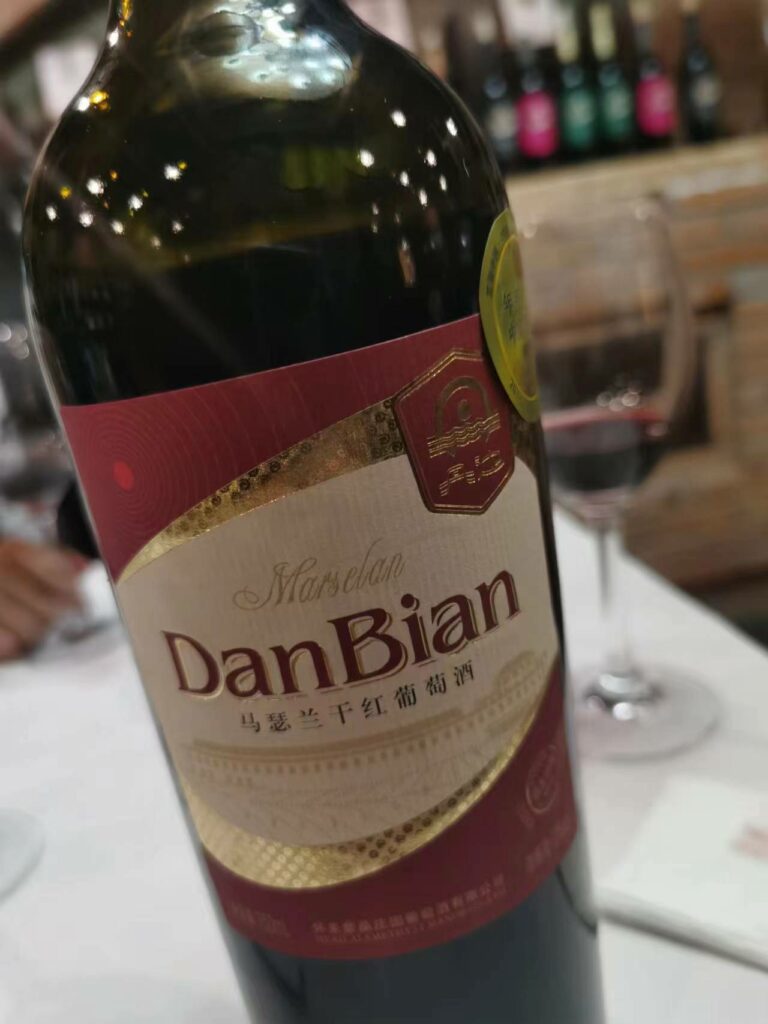
紫晶庄园2013丹边马瑟兰 93
酒体呈饱满的红宝石色,边缘呈橙石榴红色。闻起来有一些蓝莓和草莓的果香,但更多是摩卡、烟熏和泥土的味道,还有一丝紫罗兰前调。口感清爽,酒体集中,味道细腻,与香气相似。收尾时略带嚼劲,紫罗兰、草莓、摩卡和烟草的味道反复出现,甜味持久。这款酒是用酒庄的另一个商标Dan Bian装瓶的,在以前更常被使用。适饮期:2023-2027 。
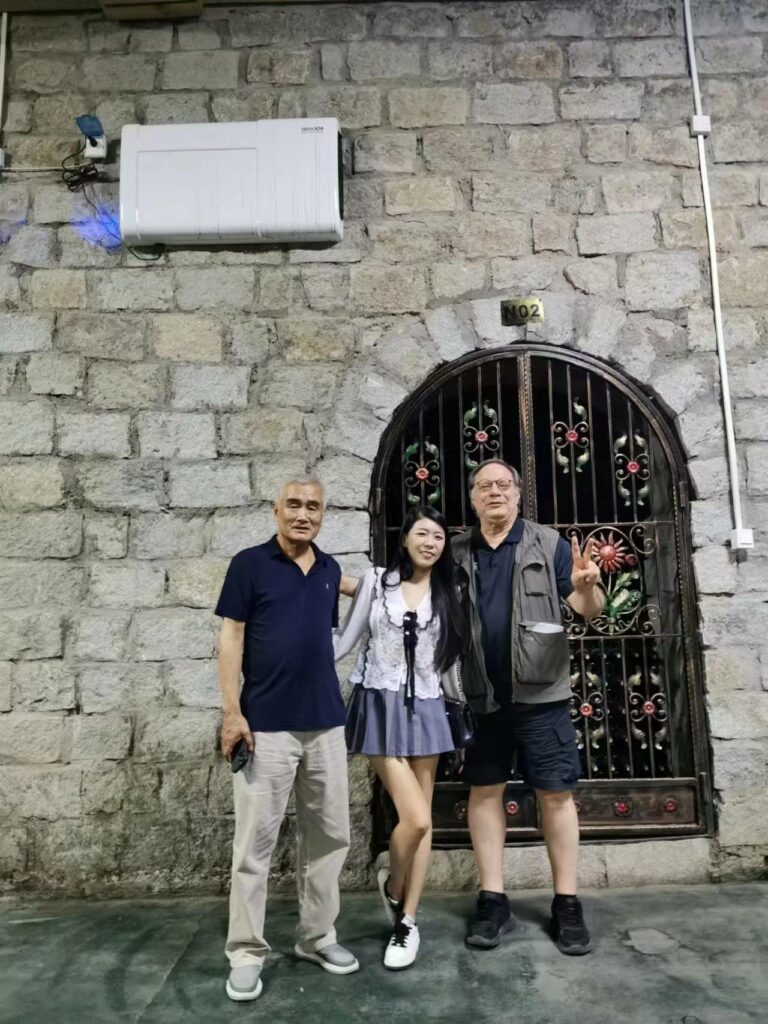

 English
English
